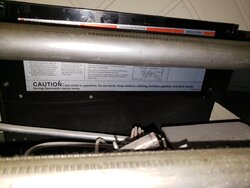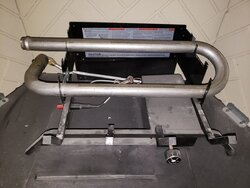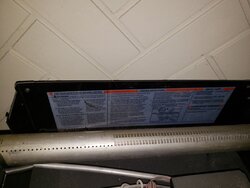Hi,
I am looking to buy a used ventless fireplace off someone online and they don't know if it is thermostatically controlled? Is there any way to tell from pictures? See pics. Thanks!
I am looking to buy a used ventless fireplace off someone online and they don't know if it is thermostatically controlled? Is there any way to tell from pictures? See pics. Thanks!




